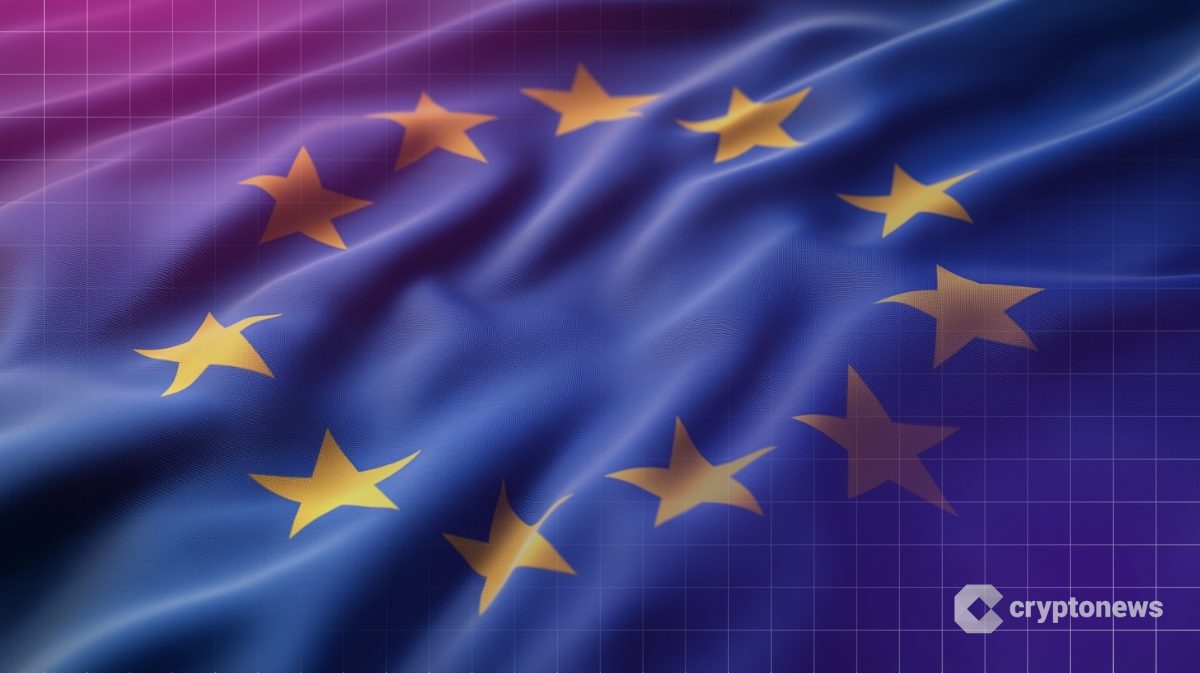BitMine Immersion’s $2.9B ETH Haul Tops 5% of Supply – But Can the Run Last?
BitMine Immersion Technologies said it is positioning itself as the largest holder of ETH among corporate treasuries, accumulating 833,137 ETH valued at over $2.9 billion as of August 3.
Priced at $3,491.86 per ETH, the company said it now controls approximately 5% of the total circulating ETH supply, a feat achieved in just 35 days.
This vaults BitMine past other institutional holders, placing it behind only MicroStrategy and Marathon Blockchain in overall crypto treasury size.
Launched on June 30 and closed on July 8, BitMine’s Ethereum Treasury strategy has rapidly evolved into a bold and aggressive accumulation play—one that appears to be designed for both long-term conviction and short-term market visibility.
Rapid Growth and Market Recognition
Thomas Lee, chairman of BitMine’s board and co-founder of Fundstrat, explains the pace and intent behind the company’s Ethereum push.
“BitMine moved with lightning speed in its pursuit of the ‘alchemy of 5%,’” said Lee, referring to the company’s goal of capturing 5% of all ETH. “We’ve separated ourselves from crypto treasury peers not just by our holdings, but by the liquidity of our stock.”
BitMine’s common stock (BMNR) has become one of the most actively traded equities in the U.S. Based on Fundstrat data, the stock’s five-day average daily dollar volume stands at $1.6 billion, ranking it 42nd among 5,704 U.S.-listed stocks—just one position behind Uber Technologies.
Backed by Veteran Investors
Among BitMine’s high-profile backers is growth investor Bill Miller III, known for his early bet on MicroStrategy in 2020. Miller has publicly endorsed BitMine’s ETH strategy and noted its future revenue potential through Ethereum staking.
“What is intriguing is BitMine is set to be very profitable once the company turns on ETH staking,” Miller said.
He praised Lee’s leadership and capital allocation discipline, drawing comparisons to Michael Saylor’s Bitcoin pivot at MicroStrategy. Miller described the team as rational, independently minded, and evidence-driven.
On-chain Trends Indicate Structural Bullishness for ETH
Currently, 6.73% of all ETH, or about 8.12 million tokens worth over $31 billion, are held collectively by corporations and ETFs, according to data from Strategic ETH Reserve (SER).
The total strategic Ethereum reserves account for 2.33 million ETH, valued at $8.9 billion and representing 1.93% of the total ETH supply. The reserves include 65 participants and have seen a steady increase in holdings since mid-April, with a sharp rise beginning in late June.
You May Also Like

Japanese listed company Metaplanet spent approximately $53.7 million to increase its holdings of 463 Bitcoins

ECB Says Cash Will Stay, Even as Digital Payments Grow
